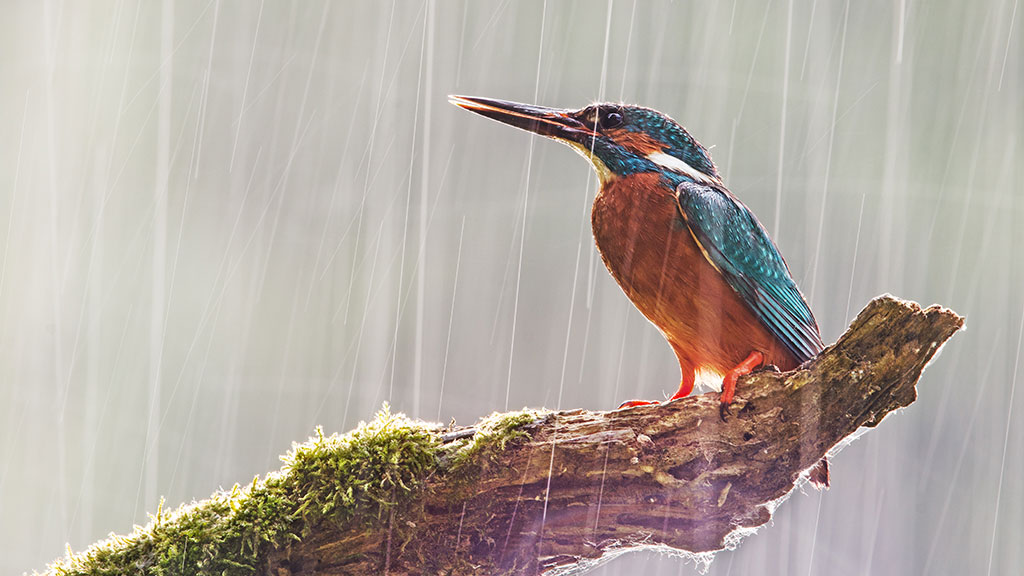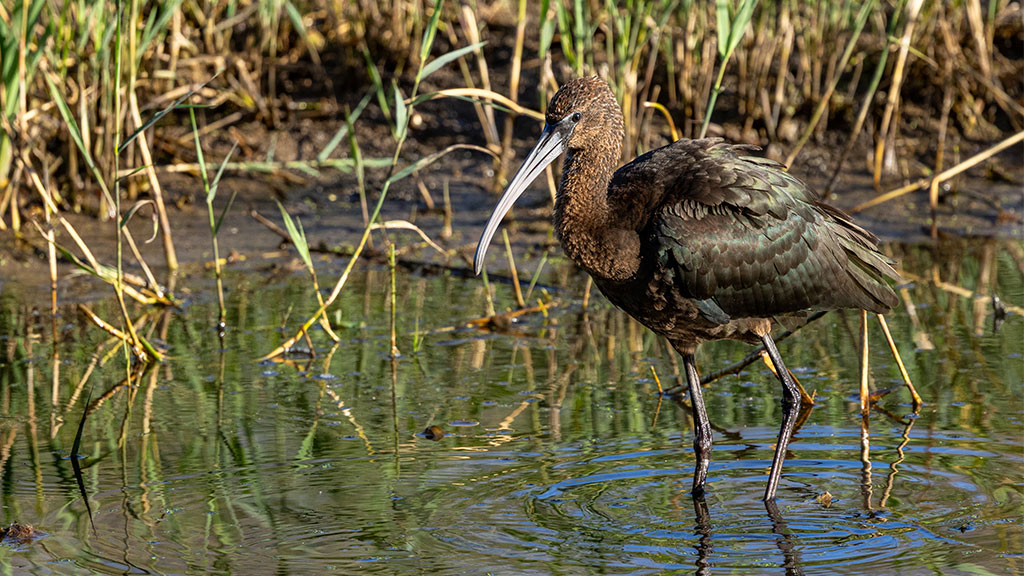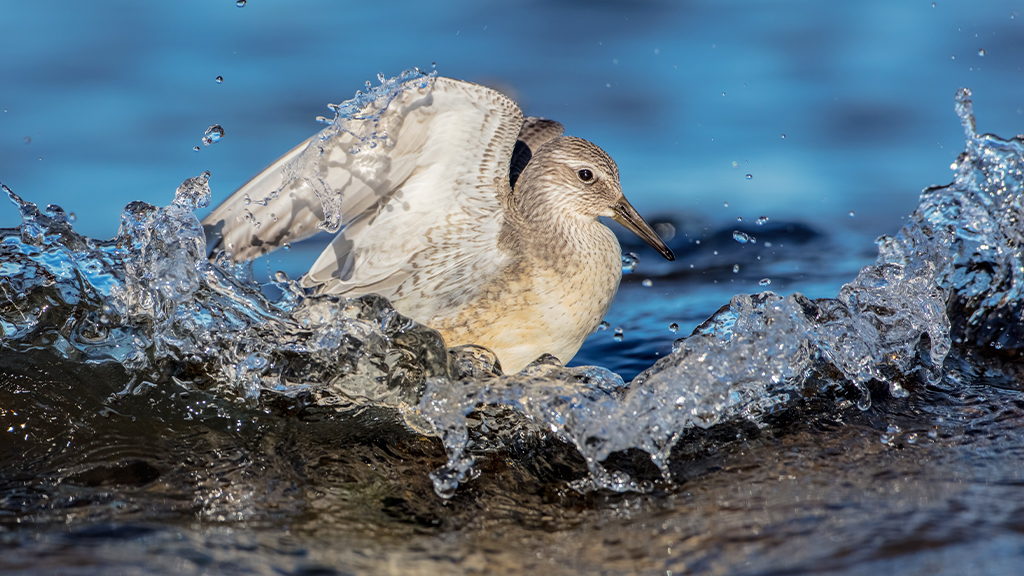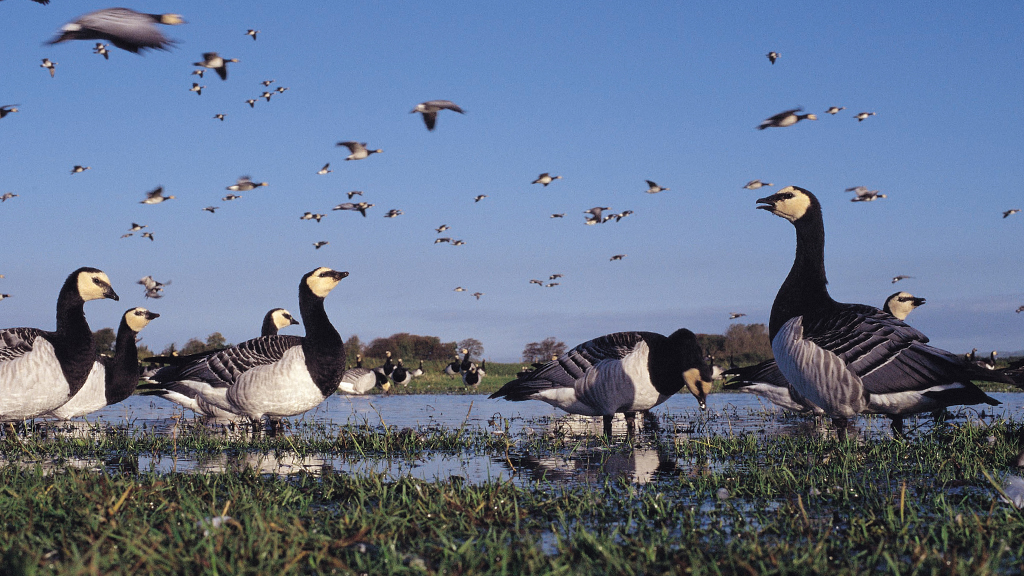Explore with Steve Backshall: Super swans
Let's hear it for Bewick's swans, a familiar sight at WWT Slimbridge every autumn. Legendary wildlife explorer Steve Backshall tells you everything you need to know about Europe's smallest swans.
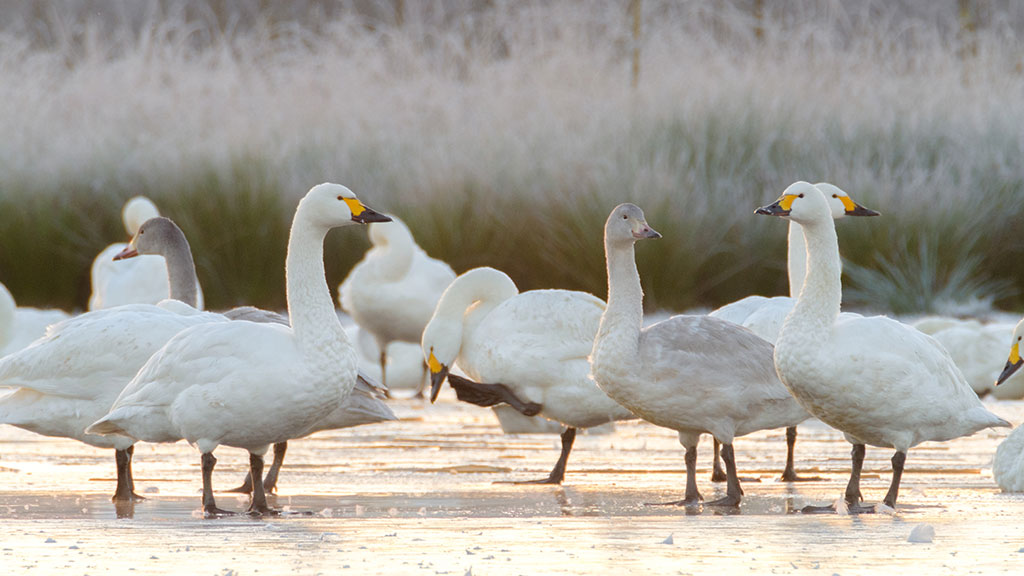
Have the swans near you ever seen a polar bear? Of course they haven’t; there are no bears around our lakes, ponds or rivers. But there’s a kind of swan arriving here this autumn that probably has.
Bewick’s swans are Europe’s smallest swans. They spent the summer high in the Arctic, where they nested beside lakes and pools, in a land where there are no trees. Now, the ice and snow are coming, so it’s time for them to leave. They’ll migrate here to Britain where our winters are a whole lot warmer.
In the Arctic, their nearest swan neighbours nest a few hundred yards away. But while they’re here, they’ll live close together in huge flocks. It must be like moving from the quietest countryside to the busiest city!
You might be lucky to see Bewick’s swans at Welney or Slimbridge. And just think, they might just have seen a polar bear on their way there.
Epic flight
Bewick’s swans fly like jumbo jets. They can travel long distances without stopping and they are surprisingly heavy. A swallow weighs just 19g, but these swans tip the scales at a hefty 7kg – that’s 350 times heavier. But they have huge wings to carry them – just like a jumbo jet.
What a journey they make. When they leave the Arctic in September, these birds can fly for 1,450km in one go – that’s further than flying from the top of Britain to the bottom. The swans land several times along the way to refuel, just as if they were topping up in a service station. But instead of petrol, their super-fuel is pondweed. They’ll fly through 12 different countries, and parents will show their young the way. By the time they reach us towards the end of October, a tired Bewick’s swan will have flown up to 3,540km.
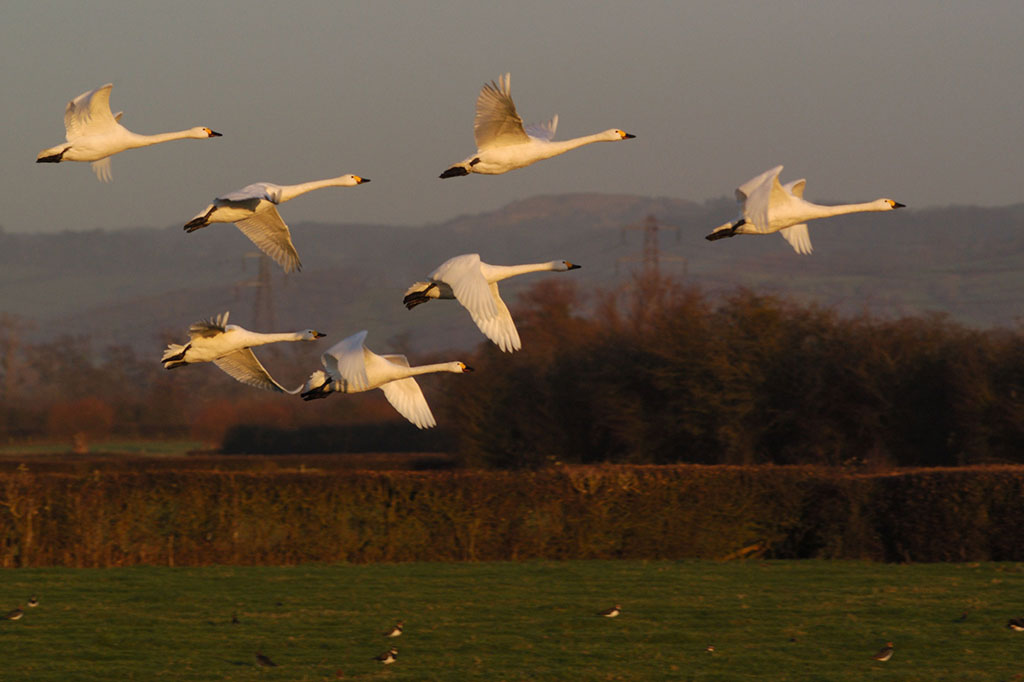
In for the count
WWT has been counting Bewick’s swans at Slimbridge since 1964. Every autumn, WWT scientists count the swans in at Slimbridge, ticking them off like teachers taking the class register. And they have an incredible skill. The WWT scientists know all of the 300 or so swans that arrive every year by name. How do they do that?
Just like we have fingerprints to tell us apart, so every Bewick’s swan has slightly different markings on its black and yellow bill. No two birds look exactly alike. WWT scientists have been studying Bewick’s swans for more than 19 years and have learned how to recognise every one of them. Every swan is given a name to help us remember it. These swans mate for life and they come back year after year. They bring their young, too, so that the whole family is together.
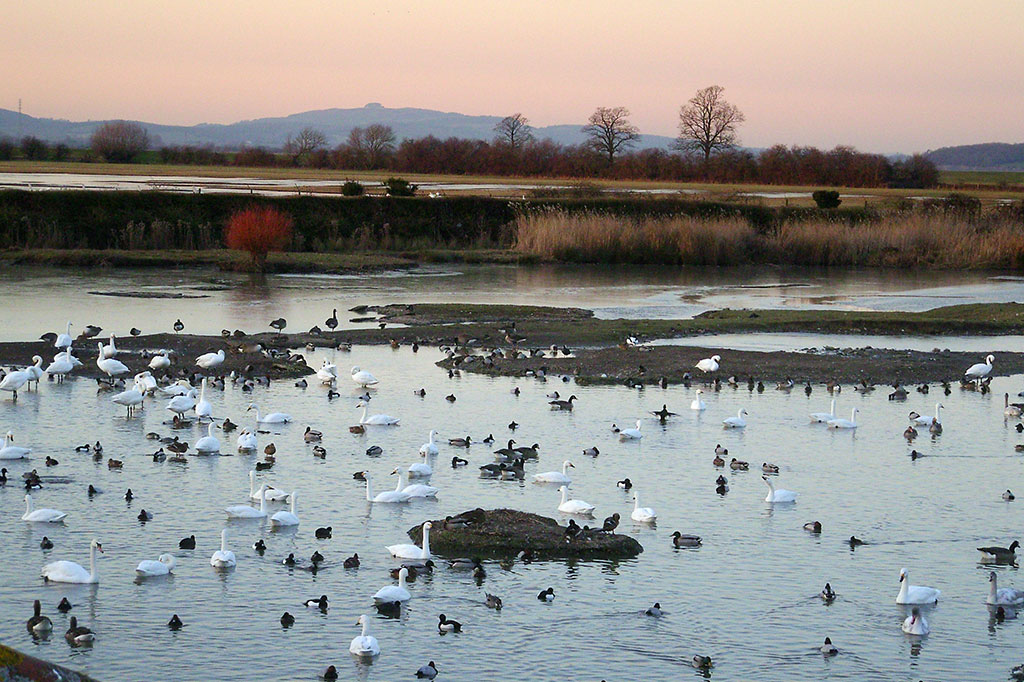
Did you know?
This swan was named after Thomas Bewick, a wood engraver, who died shortly before the Bewick’s was discovered as a separate species.
